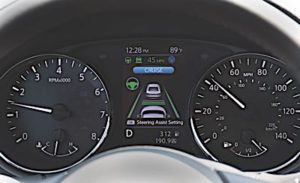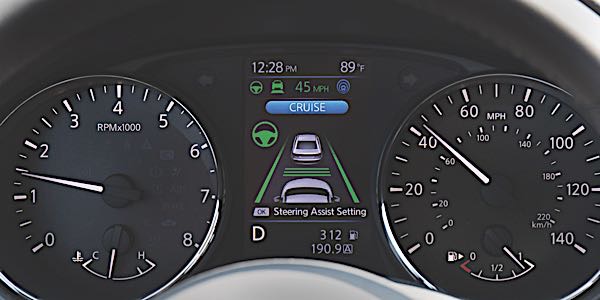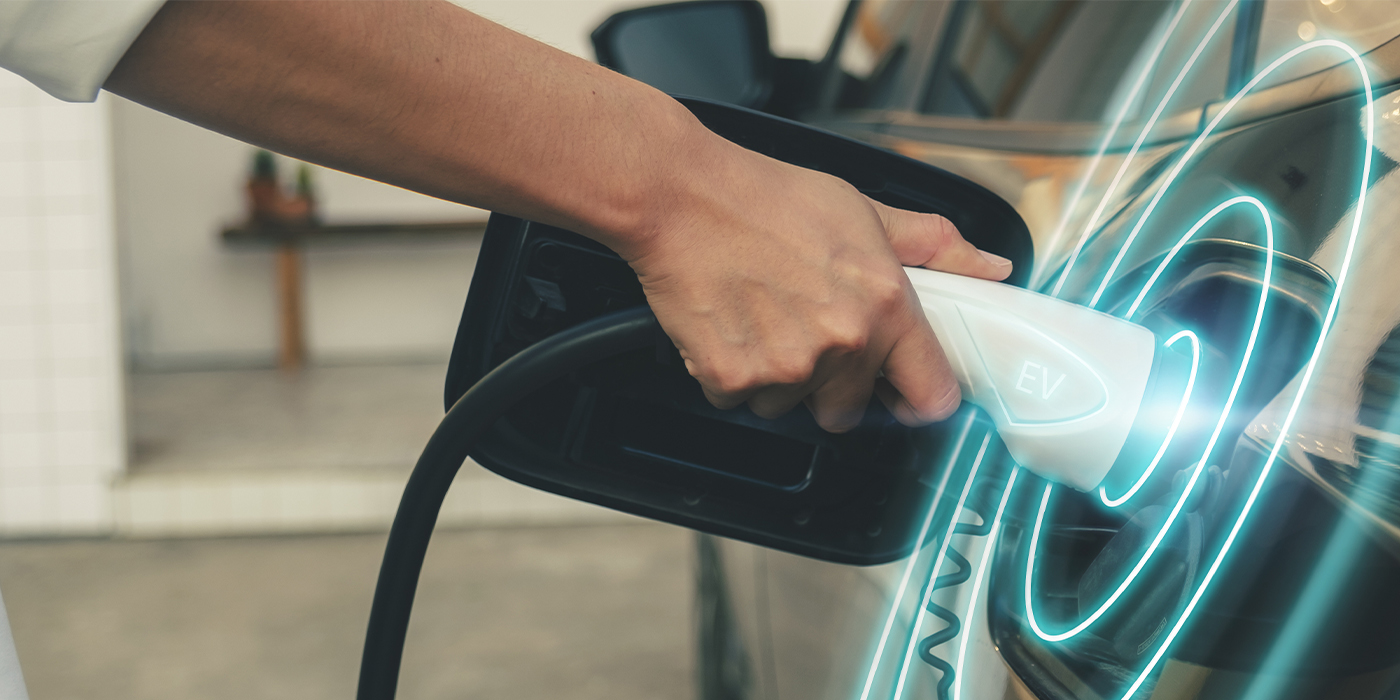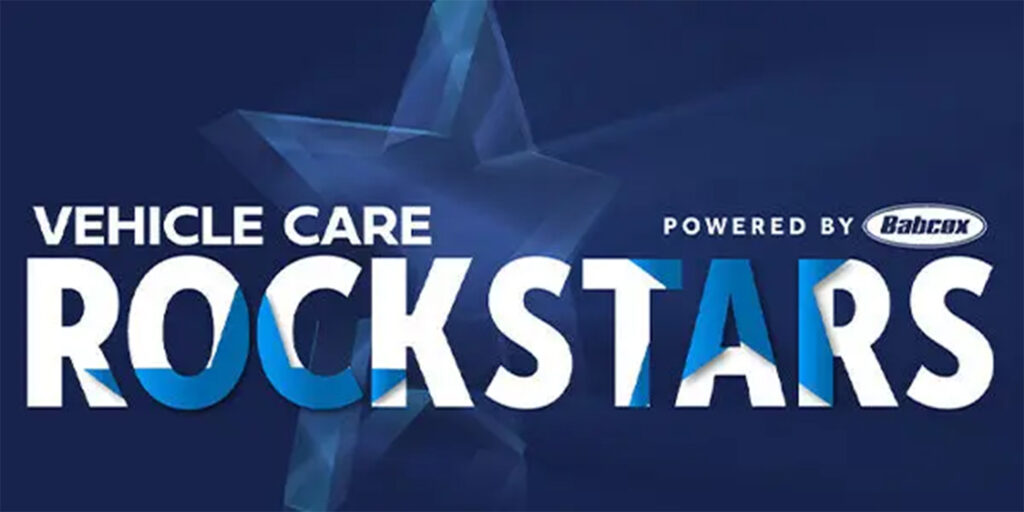While some OEMs’ autonomous vehicle technology is still under development, others are on the fast track to bringing customers one step closer to fully autonomous driving.
Take Nissan, for example, which is rolling out its ProPILOT Assist technology that will be available later this year and is projected to be on 10 new models by 2020 through the Renault-Nissan Alliance.

The ProPILOT Assist system, tuned specifically for U.S. roads and drivers, is designed to reduce the hassle of stop-and-go driving by helping to control acceleration, braking and steering during single-lane highway driving, says the automaker.
It combines Steering Assist and Intelligent Cruise Control. As such, it is a “hands-on” driver-assist system vs. a “self-driving” feature.
According to Nissan, the technology is more intuitive and user-friendly compared to other driver-assist technologies, and is aimed at setting the foundation for fully autonomous vehicles of the future.
So how exactly does it work?
ProPILOT Assist uses a forward-facing camera, forward-facing radar, sensors and an electronic control module to help the driver stay in the center of the driving lane (as it has the ability to track curving lanes) and maintain vehicle speed. It also can slow the vehicle to a complete stop and hold the vehicle during traffic-jam conditions.
Drivers who have experienced the system have reported what a difference it makes in their driving regimen — not realizing how many acceleration, steering and braking inputs they make under normal driving on a daily basis — and how much more enjoyable it is to drive with ProPILOT Assist taking care of that role for them.
What does this mean to you?
As a service provider, your job is twofold.
First, you will need to shore up your knowledge of emerging vehicle technologies, as you serve as a primary resource for your customers when they have pre-purchase vehicle-related questions, oftentimes which hinge on the technical variety.
Second, as technology advances, expect your service mix to also evolve. The more you hone your repair skills in areas related to emerging vehicle technologies, and the more you ready your bays with the proper tools and equipment, the better job you’ll do at creating a steady supply of new-age vehicles for you to service in the future.














